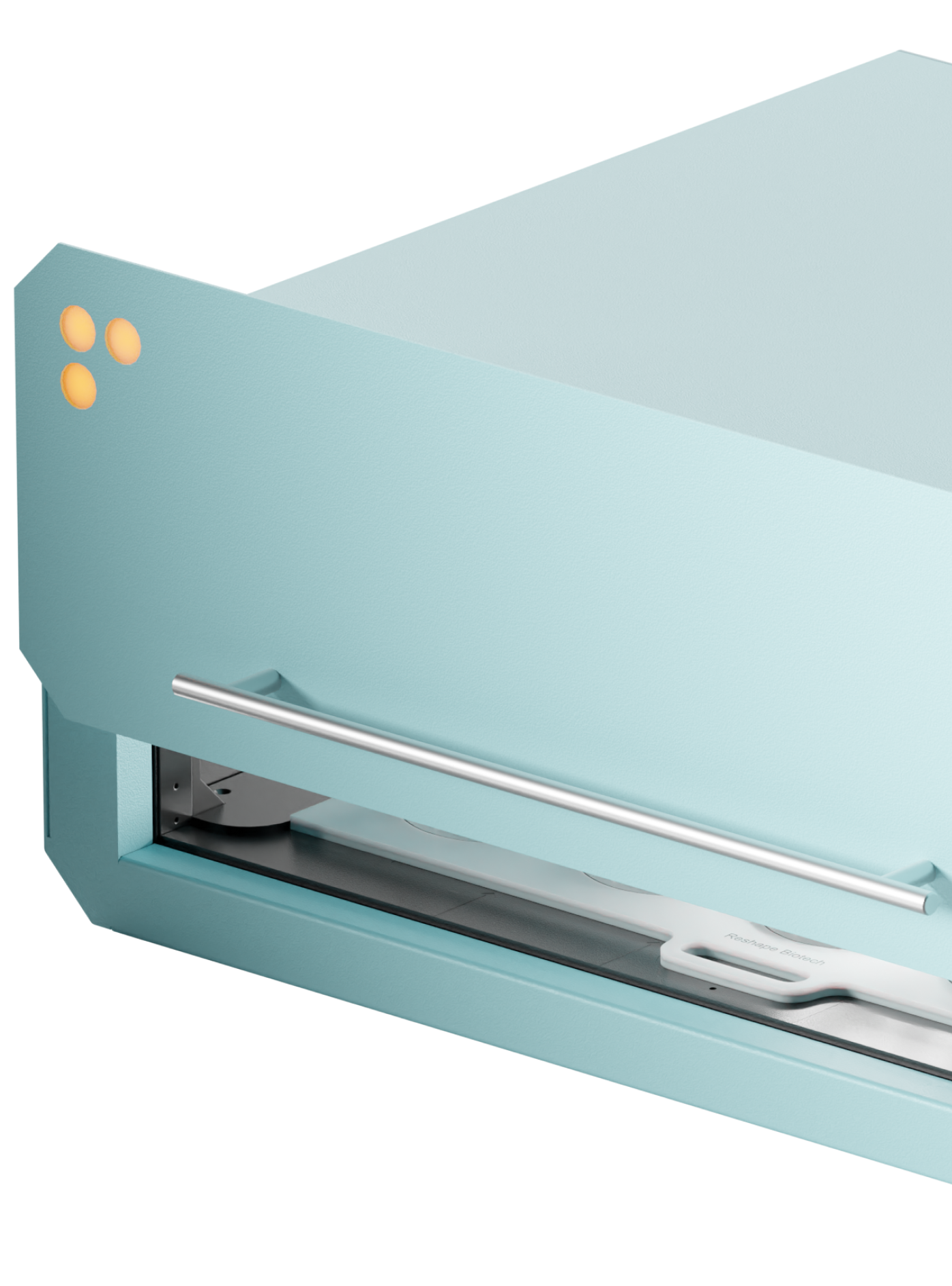Leaf assays
Get insights on herbicide efficacy, disease development, chemical phytotoxicity, or screen for pathogen inhibition by biocontrol candidates.
.gif)
Analysis
Analyze necrosis and color change
Quantify pathogen growth
Screen herbicide and biocontrol efficiency
Reshaping leaf assays
Leaf assays serve various research purposes, including screening plant pathogen inhibition potency by microbial biocontrol candidates, natural products, or chemicals. They are also pivotal in herbicide efficacy testing for controlling weed growth and are utilized to study plant-pathogen interactions, investigating disease development and host resistance. Additionally, leaf assays enable phytotoxicity testing of chemicals, assessing physiological responses like chlorosis, necrosis, or growth inhibition.
Reshape offers an innovative solution to streamline leaf disk experiments. The Reshape Imaging System facilitates continues monitoring of experiment development and automates visual inspection of leaf disk assays with AI-powered data analysis. Achieve higher throughput while eliminating manual labor and error-prone human assessment of leaf disk assays with Reshape.
Other applications
Antagonistic assays
Evaluate inhibitory strain properties and inter-species competition through automated growth detection and quantification using Reshape technology

Fluorescence
Automate fluorescence assays in any plate format with Reshape and increase throughput
.gif)
Seed germination
Automatically analyze complex phenotypes like germination rate, root growth, and time-to-germination with Reshape
.gif)
.gif)
.gif)
Application Study: Mold growth on basil leaf disks
Objective
Analyze basil leaf disks in response to fungal inoculum.
Introduction
Leaf disk assays are a common experimental technique used in plant pathology to study various aspects of plant-pathogen interactions. In these assays, small sections of plant leaves are excised and subjected to different treatments, such as inoculation with pathogens or exposure to chemicals. In this application study, basil leaf disks were study in response to fungal inoculum using the Reshape Imaging System.
Results
Automated well detection. Leaf disks of Ocimum basilicum (sweet basil) were inoculated with Botrytis cinerea fungal spore suspension. The morphological and physiological changes in leaf disks were monitored and quantified over time to gain deeper insights into the mechanisms underlying fungal pathogenesis and plant defense responses. Each single well was automatically detected using AI-image analysis models.

Tracking and analyzing color development. To gain insights of B. cinerea pathology in sweet basil, color changes in leaf disks were monitored in response to the fungal inoculum using the Reshape Imaging System (Fig. 2). Automated image analysis powered by AI-models enabled quantification of color development over time. After 120h incubation with fungal spores, RGB values decreased as the leaves darkened. Such discoloration may occur due to secretion of fungal enzymes that break down plant cell walls, leading to tissue damage and necrosis. Additionally, the production of toxins or pigments by the fungi may contribute to the discoloration of the leaf disk. After 140h, fungal mycelium was visible on the leaf disks and the RGB values increased.
Figure 2. Leaf disk color development. The color change in sweet basil leaf disks were monitored and quantified in response to B. cinerea inoculum over 3 days. RGB values were normalized to lowest value of the first frame.
Conclusion
In summary, this application note provides a proof of concept demonstrating the effectiveness of the Reshape Imaging System for the visualization and analysis of leaf disk assays. By showcasing the system's capabilities in automated well detection and precise color tracking, this study highlights its potential as a powerful tool for advancing research in plant pathology and understanding plant-pathogen interactions.
Personal care
Automate testing and analysis of cosmetics and personal care products to ensure product quality, safety, and efficacy.

Industrials
Enable automated high throughput microbial discovery or do library and enzyme screens with much higher resolution.

Let's talk
Leave your details to book a meeting.





